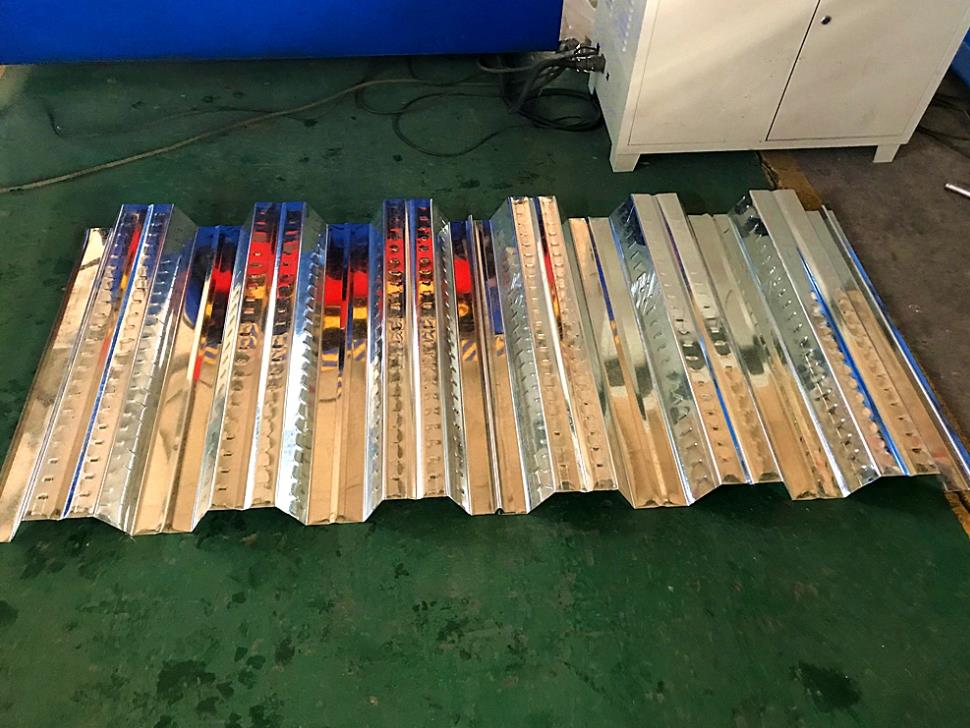Innovative Roofing Sheet Profile Machine for Efficient Metal Roofing Production and Customization Solutions
The Versatility and Importance of Roofing Sheet Profile Machines
In the construction and manufacturing sectors, efficiency and quality are paramount. One of the crucial machines playing a significant role in these fields is the roofing sheet profile machine. These machines are designed to produce metal sheets with specific profiles that are essential for roofing applications. Their versatility, efficiency, and precision make them an indispensable tool for builders and manufacturers globally.
Understanding Roofing Sheet Profile Machines
Roofing sheet profile machines are specialized equipment used to manufacture various types of metal sheets, predominantly from materials like galvanized steel, aluminum, and more. The machines work by feeding a flat sheet of metal through a series of rolls, which shape the metal into the desired profile. This process is known as roll forming. The profiles produced can range from simple corrugated designs to more complex structures with unique shapes and designs.
The fundamental operation of these machines involves several key components, including the roll forming system, cutting mechanism, and material handling systems. The roll forming system consists of multiple pairs of rollers that gradually shape the metal. The cutting mechanism, which can operate in different ways (mechanical or hydraulic), ensures that the finished sheets are cut to specified lengths. Additionally, many modern machines are equipped with automated systems that enhance production efficiency and reduce waste.
Applications in Construction
Roofing sheet profile machines are essential in various construction applications. The roofing sheets produced are widely used in residential, commercial, and industrial buildings. Their durability, weather resistance, and aesthetic appeal make them a popular choice for roofing needs. Furthermore, these sheets can be designed to mimic traditional roofing materials, offering a blend of modern technology with classic aesthetics.
The insulation properties of the roofing sheets also contribute to energy efficiency in buildings, which is increasingly crucial in today’s environmentally conscious society. Insulated metal roofs help maintain consistent indoor temperatures, reducing reliance on heating and cooling systems. As a result, roofing sheet profile machines contribute substantially to sustainable building practices.
roofing sheet profile machine

Advantages of Roofing Sheet Profile Machines
1. Customization One of the significant advantages of using roofing sheet profile machines is the ability to customize the profiles according to client specifications. This capability allows builders to cater to specific architectural designs, enhancing the overall aesthetic value of the project.
2. High Efficiency These machines are capable of producing large quantities of roofing sheets with minimal manual intervention. This automation leads to faster production times and lower labor costs, ensuring that projects stay within budget and on schedule.
3. Material Waste Reduction Advanced roofing sheet profile machines are designed to minimize material waste. With precise cutting and shaping processes, manufacturers can make the most out of the raw materials, reducing environmental impact and costs.
4. Durability and Quality The metal sheets produced are of high quality, capable of withstanding harsh weather conditions, including heavy rain, snow, and extreme temperatures. The durability of these sheets contributes to a longer lifespan for roofing systems, providing excellent value for both builders and homeowners.
Conclusion
Roofing sheet profile machines represent a synthesis of technology and innovation that has revolutionized the construction industry. Their role in producing high-quality, customized roofing materials cannot be overstated. As the demand for sustainable and efficient building solutions continues to grow, these machines will undoubtedly play an even more critical role in the future. Therefore, investing in modern roofing sheet profile machines can significantly enhance a manufacturer’s productivity while meeting the diverse needs of a dynamic market.
-
Roof Panel Machines: Buying Guide, Types, and PricingNewsJul.04, 2025
-
Purlin Machines: Types, Features, and Pricing GuideNewsJul.04, 2025
-
Metal Embossing Machines: Types, Applications, and Buying GuideNewsJul.04, 2025
-
Gutter Machines: Features, Types, and Cost BreakdownNewsJul.04, 2025
-
Cut to Length Line: Overview, Equipment, and Buying GuideNewsJul.04, 2025
-
Auto Stacker: Features, Applications, and Cost BreakdownNewsJul.04, 2025
-
Top Drywall Profile Machine Models for SaleNewsJun.05, 2025








